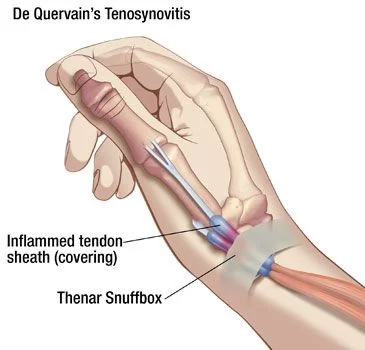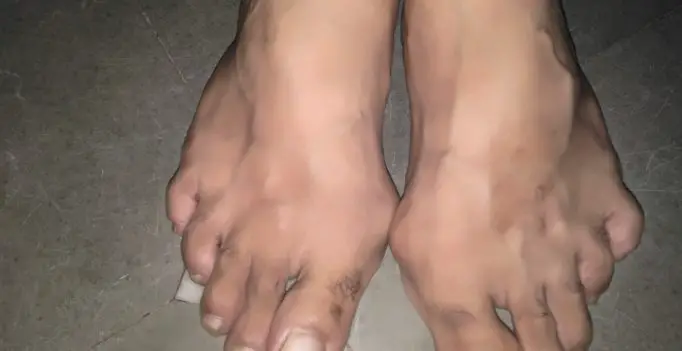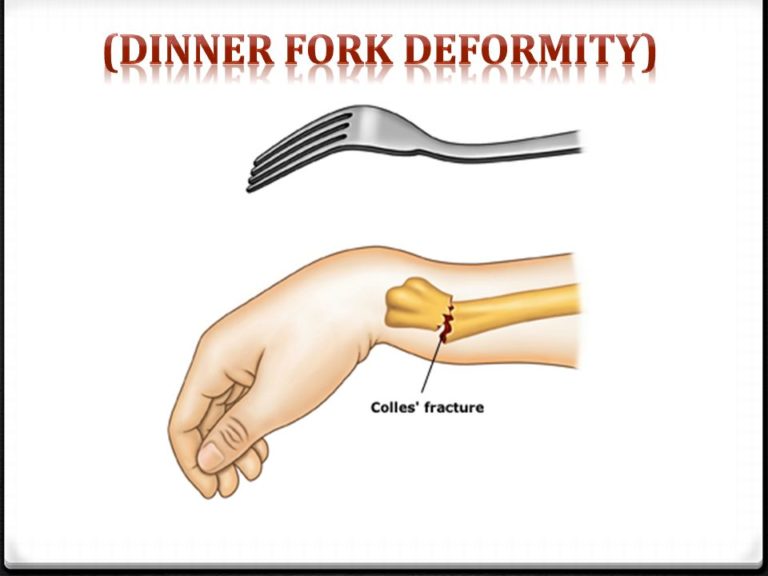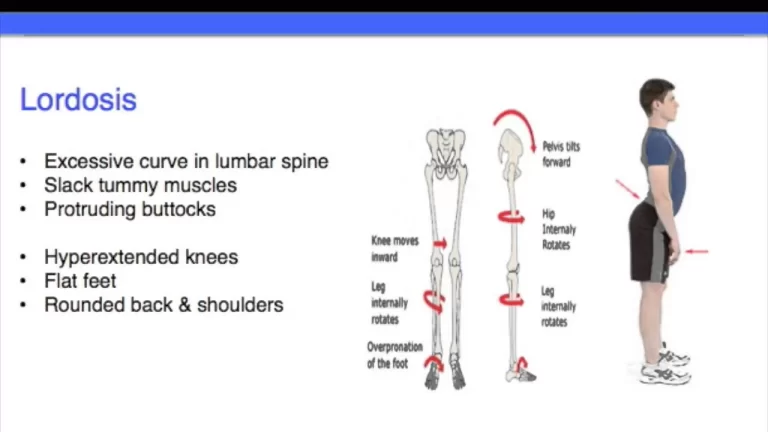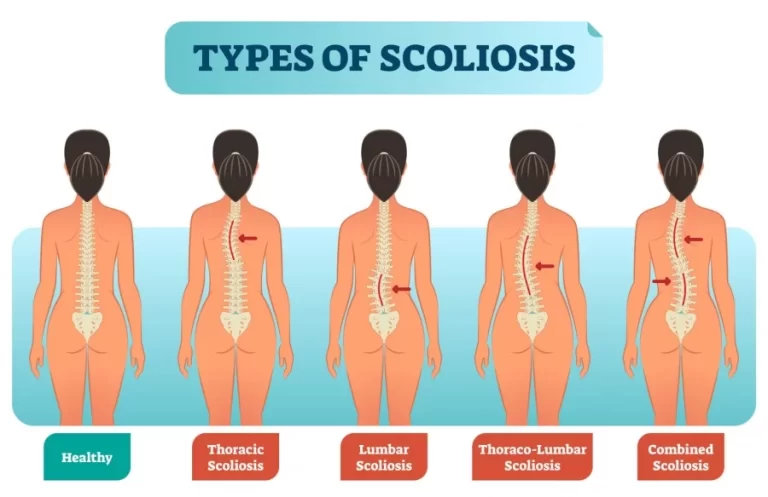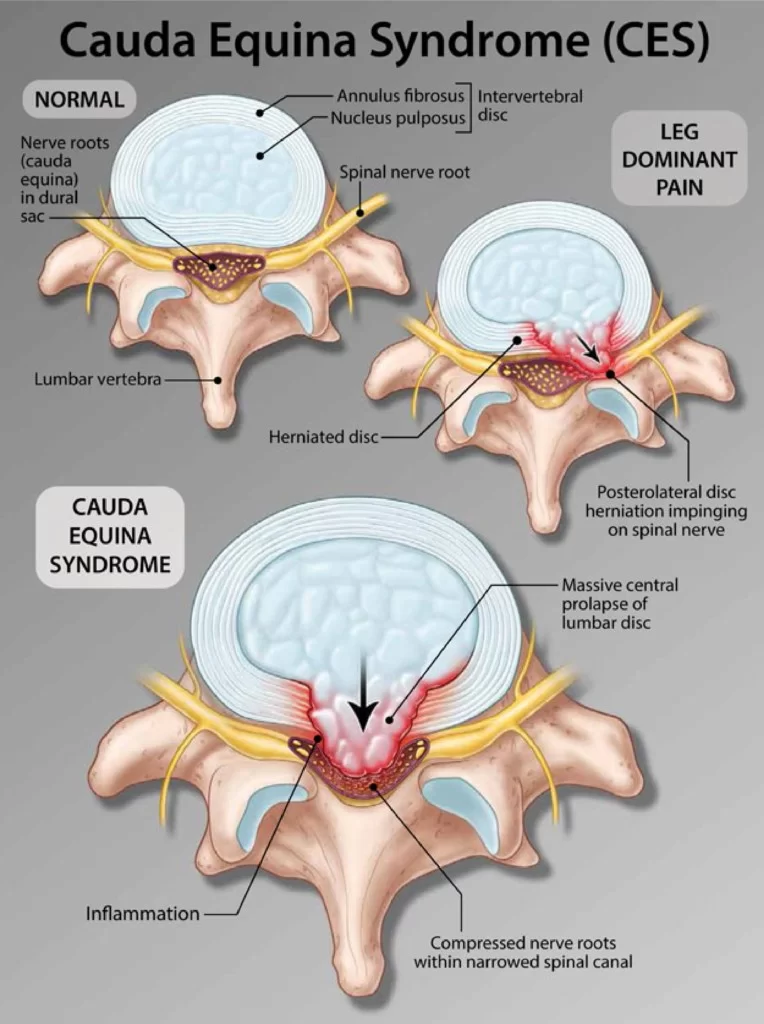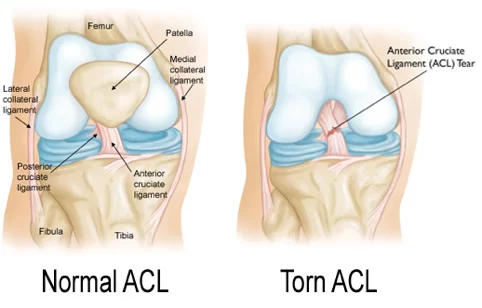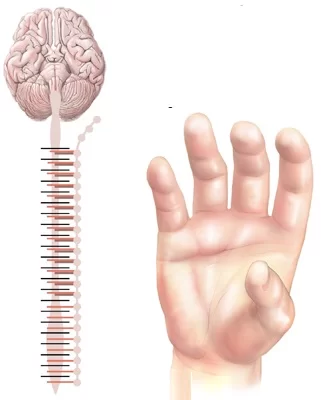De Quervain’s Tenosynovitis & Physiotherapy Treatment
What is a De Quervain’s Tenosynovitis? De Quervain’s Tenosynovitis is also known as BlackBerry thumb, texting thumb, gamer’s thumb, washerwoman’s sprain, radial styloid tenosynovitis, de Quervain syndrome, de Quervain’s tenosynovitis, de Quervain’s stenosing tenosynovitis, mother’s wrist, or mommy thumb. The DQ is a tenosynovitis of the sheath or tunnel that surrounds two tendons that control…

